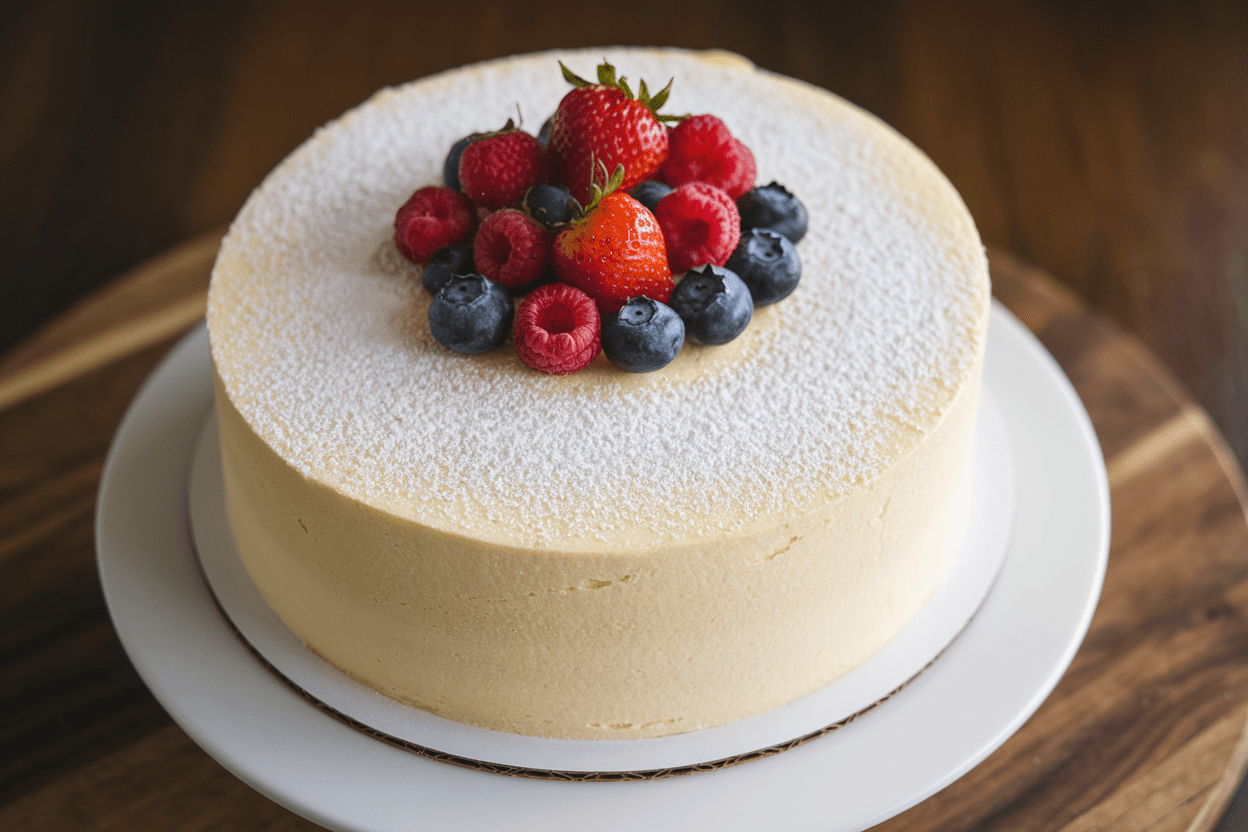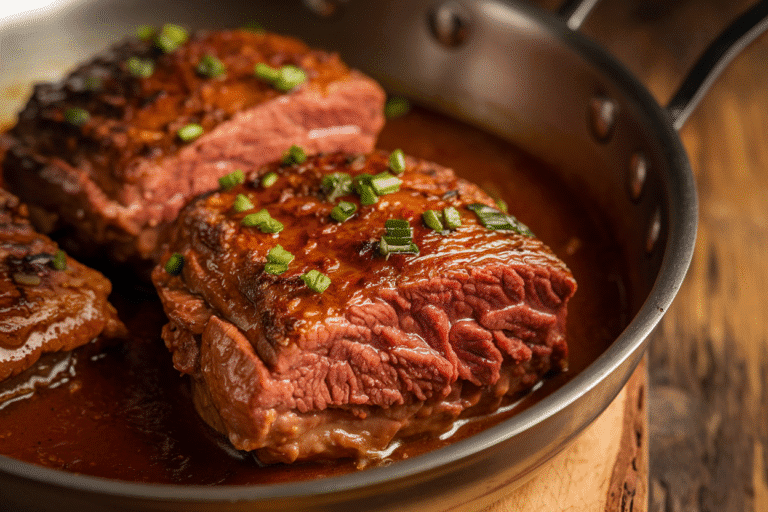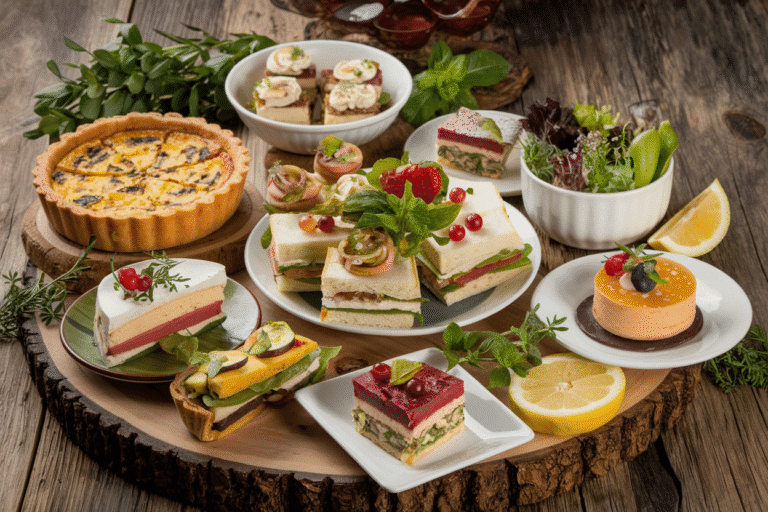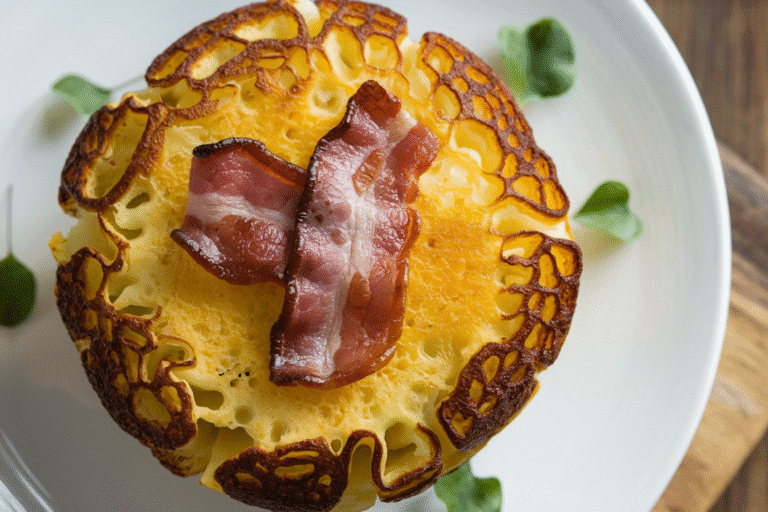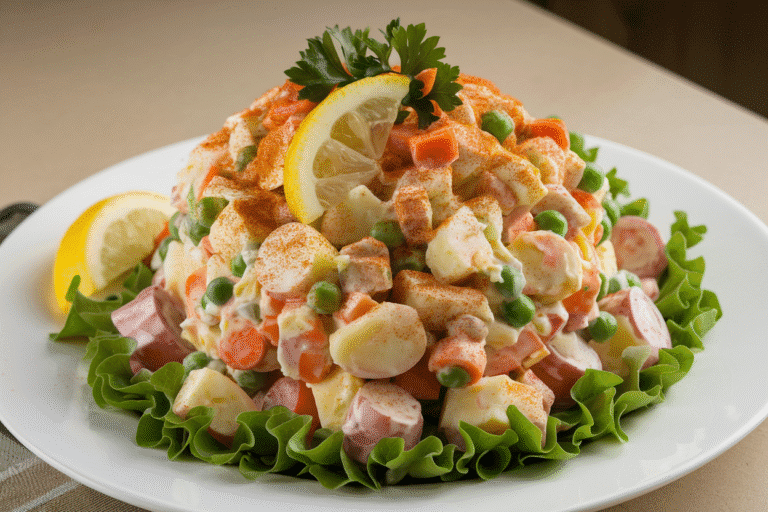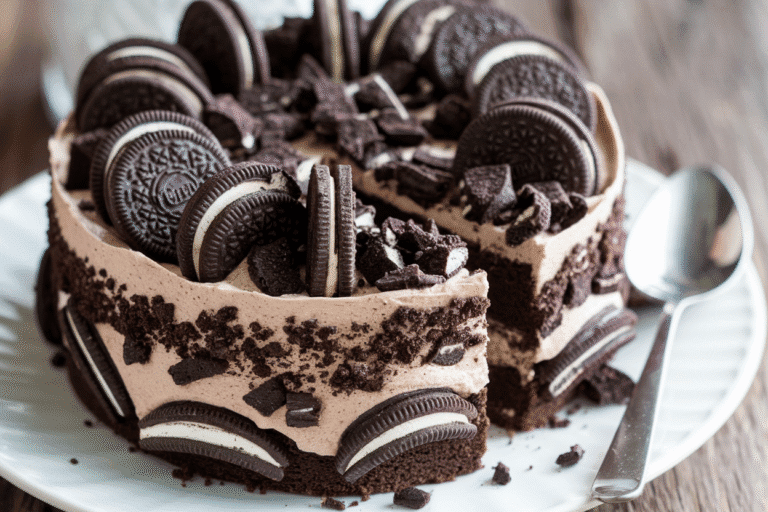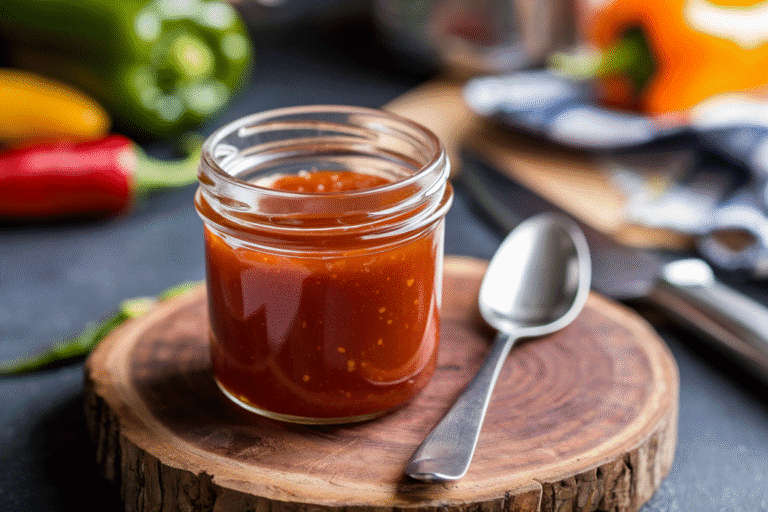This Dairy Free Cake Recipe Is So Moist Your Friends Will Ask What Bakery You Stole It From
You want a cake that tastes like a celebration, not a compromise. This dairy free cake recipe nails that—fluffy crumb, rich flavor, and zero dairy drama. No weird textures, no chalky aftertaste, and no “health food” vibe.
Just legit cake you can serve at a birthday and watch disappear. The best part? It’s simple enough for a Tuesday, yet classy enough for a party.
Let’s make your mixer feel famous.
Why This Recipe Works
This cake leans on oil and non-dairy milk for moisture, which keeps the crumb soft and tender without butter. A combo of white sugar and a touch of brown sugar adds depth and helps the cake bronze just right. Apple cider vinegar reacts with baking soda to lift the batter like a pro—no dense bricks here, thank you.
And using neutral-tasting oils and plant milks keeps the flavor clean while leaving room for vanilla and optional lemon or chocolate notes to shine.
What Goes Into This Recipe – Ingredients
- All-purpose flour – 2 1/4 cups (270g), spooned and leveled
- Granulated sugar – 1 cup (200g)
- Light brown sugar – 1/4 cup (50g), packed
- Baking powder – 2 teaspoons
- Baking soda – 1/2 teaspoon
- Fine sea salt – 1/2 teaspoon
- Neutral oil (avocado, canola, or light olive) – 1/2 cup (120ml)
- Unsweetened non-dairy milk (oat, soy, almond) – 1 1/4 cups (300ml), room temp
- Apple cider vinegar – 1 tablespoon
- Vanilla extract – 2 teaspoons
- Optional flavor boosters:
- Fresh lemon zest – 1 tablespoon (for a lemon-vanilla vibe)
- Almond extract – 1/2 teaspoon (for bakery-style depth)
- Espresso powder – 1 teaspoon (if turning this into a chocolate version)
- For chocolate variation (optional): replace 1/3 cup (40g) flour with 1/3 cup (30g) unsweetened cocoa powder
How to Make It – Instructions
- Prep the basics. Heat oven to 350°F (175°C). Grease and line two 8-inch round cake pans (or one 9×13 pan) with parchment. Room-temp liquid ingredients = better rise.
- Mix the “buttermilk.” Stir the apple cider vinegar into the non-dairy milk and let it sit for 2–3 minutes.
It’ll slightly curdle—good! That’s your dairy-free buttermilk doing its job.
- Whisk dry ingredients. In a large bowl, whisk flour, granulated sugar, brown sugar, baking powder, baking soda, and salt until no clumps remain. If making chocolate cake, whisk in cocoa now.
- Add wet ingredients. Pour in oil, vanilla, and the “buttermilk.” Add lemon zest or almond extract if using.
Whisk until just smooth—30 to 45 seconds. Don’t overmix unless you like rubbery cake (no one does).
- Pan and level. Divide batter evenly between the pans. Tap pans on the counter twice to pop big bubbles.
Smooth tops with a spatula for even baking.
- Bake. Two 8-inch rounds: 22–26 minutes. One 9×13: 28–33 minutes. You want a springy top and a toothpick that comes out with a few moist crumbs.
- Cool completely. Let cakes cool in pans for 10 minutes, then transfer to a rack.
Cool fully before frosting unless you enjoy sliding frosting avalanches.
- Frost (dairy free, obviously). Try a simple vanilla dairy-free buttercream: 1/2 cup vegan butter, 1/4 cup refined coconut oil, 3–3.5 cups powdered sugar, 2–3 tablespoons non-dairy milk, 2 teaspoons vanilla, and a pinch of salt. Beat until fluffy.
How to Store
- Room temperature: Frosted cake keeps 2 days under a cake dome. If your kitchen is hot, move to the fridge.
- Refrigerator: Wrap slices or the whole cake well; keeps 4–5 days.
Bring to room temp before serving for best texture.
- Freezer: Wrap unfrosted layers tightly in plastic and foil; freeze up to 2 months. Thaw wrapped at room temp, then frost.
What’s Great About This
- Moist and fluffy, not dense. Oil + acid + proper leavening = dream crumb.
- Simple pantry ingredients. No obscure stabilizers or specialty flours needed.
- Flexible flavor base. Vanilla, lemon, chocolate, funfetti—your call.
- Allergy-friendly potential. Easy to make egg-free and nut-free with swaps (see FAQ).
- Party-proof. Holds up to stacking, filling, and travel. Your future potluck thanks you.
Don’t Make These Errors
- Overmixing the batter. This develops gluten and makes the cake tough.
Mix until just combined—streak-free but not glossy elastic.
- Cold ingredients. Cold milk or fridge-chilled oil can shock the batter and reduce rise. Room temperature is key, FYI.
- Skipping parchment. Vegan-style cakes can be tender; parchment prevents heartbreak (and broken layers).
- Guessing oven time. Every oven lies a little. Start checking 3 minutes early to avoid dry edges.
- Too much cocoa (for chocolate version). It’s drying.
Balance with a touch more milk if batter seems thick like brownie batter.
Different Ways to Make This
- Lemon-Poppyseed: Add zest of 2 lemons, 2 tablespoons lemon juice (reduce milk by same amount), and 2 tablespoons poppyseeds. Frost with lemon icing.
- Chocolate Fudge: Use the cocoa swap above and add 2 tablespoons neutral oil plus 1 teaspoon espresso powder. Frost with dairy-free ganache.
- Funfetti: Fold 1/2 cup rainbow sprinkles into the batter at the end.
Use jimmies to prevent color bleed.
- Coconut Lime: Use canned light coconut milk for the milk, add 1/2 cup shredded coconut, and finish with lime zest frosting.
- Strawberry Shortcake Sheet: Bake in a 9×13, cool, top with whipped coconut cream and sliced strawberries. Summer in a pan, IMO.
FAQ
Can I make this egg-free as well?
Yes. Replace 1 egg (if you were planning to add any) with 1/4 cup unsweetened applesauce or 3 tablespoons aquafaba (whipped lightly).
This recipe is already formulated egg-free, but those swaps help structure if you customize.
What’s the best non-dairy milk for baking?
Soy milk or barista-style oat milk offers the best body and protein for a higher rise. Almond milk works too but can be slightly thinner; avoid flavored or sweetened versions unless you want a surprise taste.
Can I use coconut oil instead of neutral oil?
Refined coconut oil works, but melt it and ensure all ingredients are room temp so it doesn’t seize. Expect a slightly firmer crumb if your room is cool.
Unrefined coconut oil will add coconut flavor (which can be delish).
How do I make a dairy-free chocolate frosting?
Beat 1/2 cup vegan butter with 1/4 cup refined coconut oil until fluffy. Add 1/2 cup unsweetened cocoa, 3–3.5 cups powdered sugar, a pinch of salt, 2 teaspoons vanilla, and 3–4 tablespoons non-dairy milk until smooth and spreadable.
Why add vinegar—won’t it taste sour?
Nope. The vinegar reacts with baking soda to create lift and tenderness, and the flavor bakes off.
You’ll get a light crumb without any tang.
Can I make cupcakes?
Absolutely. Line a 12-cup muffin tin and fill 3/4 full. Bake at 350°F (175°C) for 18–21 minutes.
You’ll get about 14–16 cupcakes depending on size.
How do I prevent a domed or sunken top?
Weigh your flour, don’t overmix, and bake on the center rack. If your oven runs hot, reduce by 10°F. For doming, you can use cake strips or just level the tops with a serrated knife before frosting.
Can I reduce the sugar?
Yes, by about 15% without wrecking the texture.
Any lower and the crumb gets drier and the rise suffers. Compensate with 1–2 tablespoons extra milk if the batter thickens too much.
Is this nut-free?
Use soy or oat milk instead of almond, and check your vegan butter label for cross-contamination notes. The base recipe itself is nut-free if you choose nut-free ingredients.
What size pans can I use?
Two 8-inch rounds, two 9-inch rounds (reduce bake time a few minutes), one 9×13, or a 10-cup bundt (35–42 minutes).
Always test early—every pan and oven combo is a little different.
Final Thoughts
If a great cake is about flavor, texture, and reliability, this dairy free cake recipe checks all three. It’s easy, forgiving, and wildly adaptable to whatever theme your cravings demand. Next time someone says dairy-free can’t be decadent, serve them a slice and watch the apology form mid-bite.
Keep this recipe in your back pocket—you’ll use it way more than you think.
